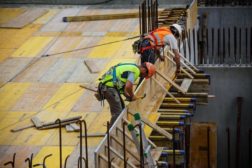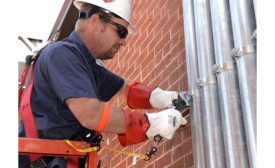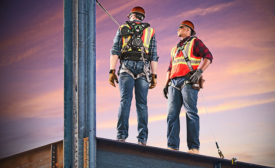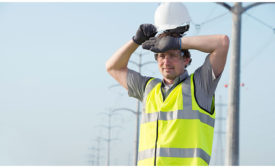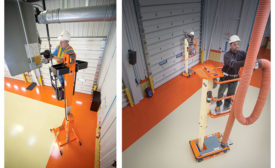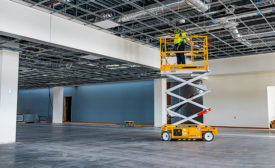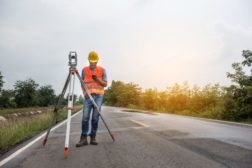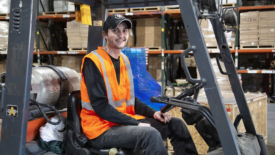Construction Industry Safety and Health
Safeguard your employees
Using personal fall arrest systems require serious planning, training
July 14, 2020
What’s your strong point?
How to use an OSHA-compliant fall protection anchorage
July 14, 2020
New study: Health risk behaviors among construction workers
A profile across a variety of occupations
June 25, 2020
Never miss the latest news and trends driving the safety industry
eNewsletter | Website | eMagazine
JOIN TODAYCopyright ©2024. All Rights Reserved BNP Media.
Design, CMS, Hosting & Web Development :: ePublishing
